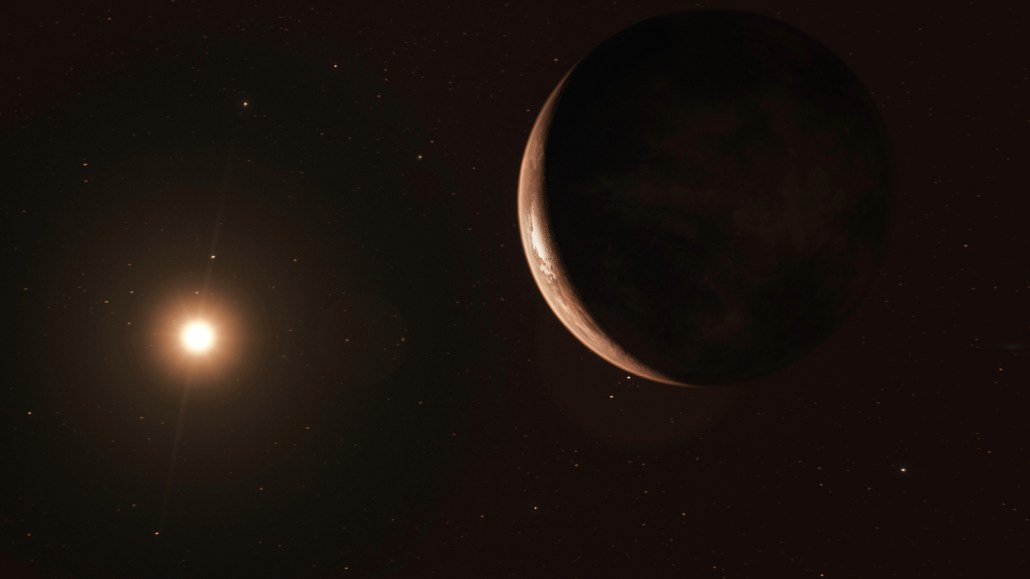50 years ago, astronomers challenged claims that Barnard’s star has a planet

For decades, scientists and science fiction authors have speculated about whether Barnard’s star, the fastest moving star in the night sky and just six light-years from the sun, might host a planet (one illustrated).
M. Kornmesser/ESO








